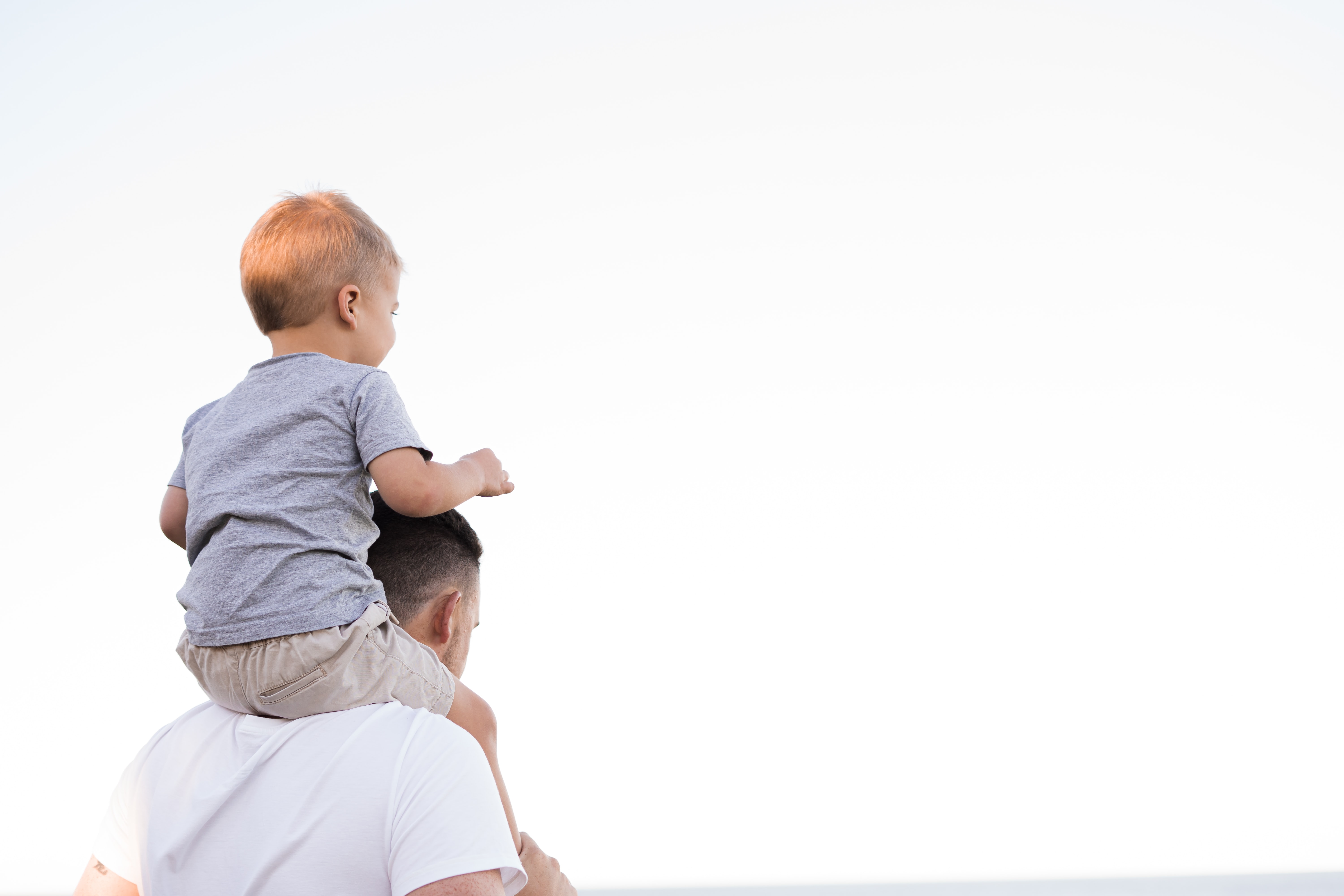- Law Practice Areas
- Resources For You
- Child Support Calculator
- Take Our Divorce Quiz
- Protect Your Assets and Net Worth During Divorce
- Blog
- Family Law Videos
- Your Guide to California Divorce
- Your Guide to Child Custody & Support
- Everything You Need to Know About Getting a Prenup
- An In-Depth Look at Divorce Mediation
- Top Considerations for High Asset Divorce
- Our Legal Team
- Locations
- Reviews
- Contact

In the 1990s and before that, the mothers almost always got physical custody of their children in a divorce and the fathers were the ones to pay child support. Even in the 2000s that was the norm, but much has changed in recent years.
These days, in California, mothers are no longer given preferential treatment in child custody cases the way they used to. Why the shift? One of the biggest reasons comes down to the number of women who are in the workforce. With so many working mothers and fathers nowadays, it just makes sense to give mothers and fathers the same rights when it comes to the custody of their children.
Benefits of Shared Physical Custody
It’s no secret that divorce can hurt kids, especially when their parents are constantly putting each other down, getting into fights during pickups and drop-offs, and hoarding the kids from one another. But when you consider the alternative – a joint physical custody arrangement where the children can spend almost an equal amount of time with both parents, the divorce can have a much lighter impact on the children.
Since about 50 percent of first marriages end in divorce, that means around half of the children in the United States become children of divorce, and then nearly half of those kids will watch their parents go through a divorce a second time when they remarry.
What does this all mean? It means divorce will affect the very people who will be making decisions in the future, which will affect us all. As such, it’s our responsibility today to make sure the effects of divorce on our future decision-makers are as minimal as possible.
While this is a big responsibility, a lot of people still subscribe to an outdated custody model, which relies on the archaic assumption that children belong with their mother. Even though California is progressive when it comes to child custody compared to some other states, many couples still agree to give the mother custody while the father receives “visitor status,” which can be far less beneficial than a joint physical custody arrangement.
In the absence of sexual abuse and domestic violence, a joint physical custody arrangement may be the best choice. It can mean a better relationship between the parents, it can be good for the children academically, it can be better for the children socially and psychologically, and it can reduce the chances of children of divorce experiencing anxiety and depression. It can also make single parenting a lot easier.
If you would like to further explore the advantages of joint physical custody, reach out to Cage & Miles.



